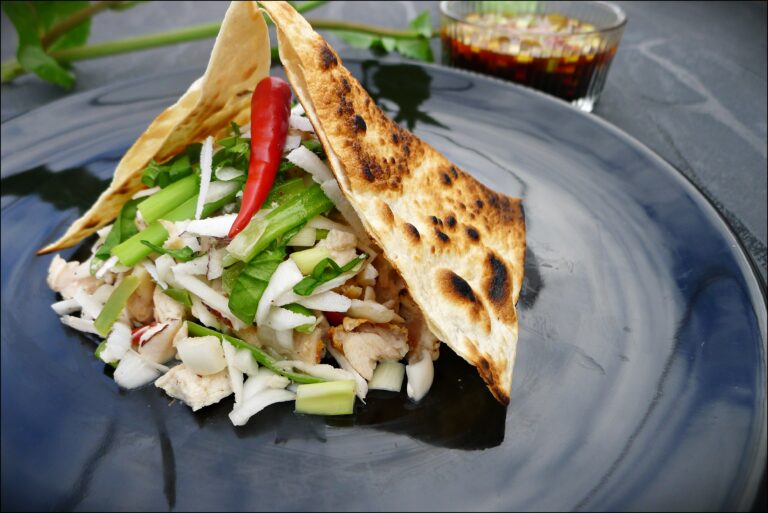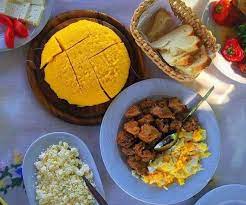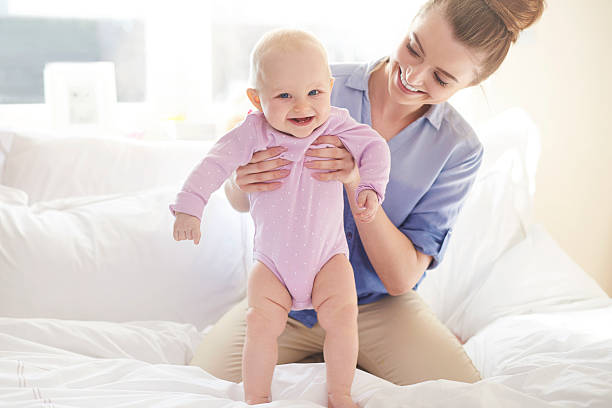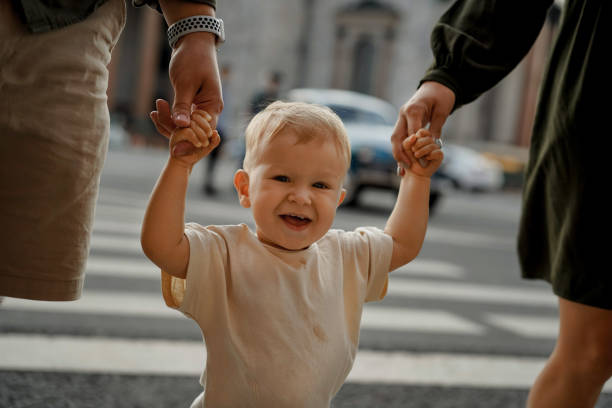Introduction: Exploring Eswatini Cuisine
Eswatini, located in southern Africa, is a country rich in cultural heritage and history that is reflected in its cuisine. Traditional Eswatini dishes are known for their bold flavors, unique combinations, and the use of local ingredients such as cornmeal, vegetables, meat, and dairy products. If you are looking to broaden your culinary horizons and learn how to cook traditional Eswatini dishes at home, there are a few steps you can take to get started.
Researching Traditional Eswatini Dishes
Before you begin cooking Eswatini dishes, it is important to familiarize yourself with the cuisine. Researching traditional Eswatini dishes can be done through online resources or by speaking with people who are familiar with the cuisine. You can also visit local Eswatini restaurants or attend cultural events that feature Eswatini cuisine. As you research traditional Eswatini dishes, pay attention to the ingredients and cooking methods used in each dish.
Essential Ingredients for Eswatini Cooking
Traditional Eswatini dishes use a variety of ingredients that are readily available in most grocery stores. Cornmeal, also known as mealie meal, is a staple ingredient in Eswatini cuisine and is used to make dishes such as pap, a porridge-like dish. Other essential ingredients include beans, lentils, vegetables, meat, poultry, and fish. Dairy products such as cheese and yogurt are also used in some dishes. When shopping for ingredients, look for locally sourced and fresh produce to ensure the best quality and flavor.
Tools and Equipment for Eswatini Cooking
To cook traditional Eswatini dishes, you will need basic kitchen tools and equipment such as pots, pans, knives, cutting boards, and utensils. A mortar and pestle is also useful for grinding spices and herbs used in many Eswatini dishes. Traditional cooking methods such as open fire cooking and steaming are still used in many households in Eswatini. If you have access to an outdoor grill or oven, you can also use these to cook Eswatini dishes.
Step-by-Step Guide to Cooking Eswatini Dishes
To cook Eswatini dishes, start by gathering all the necessary ingredients and tools. Follow the recipe instructions carefully, paying attention to cooking times and temperatures. Many Eswatini dishes require slow cooking, so be patient and allow enough time for the dish to cook properly. As you become more familiar with the cuisine, feel free to experiment with different spices and ingredients to create your own unique twist on traditional Eswatini dishes.
Common Mistakes to Avoid in Eswatini Cooking
One common mistake in Eswatini cooking is overcooking or undercooking dishes. It is important to follow the recipe instructions carefully and check the dish regularly to ensure that it is cooking properly. Another mistake is using too much or too little seasoning, which can impact the overall flavor of the dish. Finally, it is important to use fresh ingredients and avoid using ingredients that are past their expiration date.
Tips for Perfecting Eswatini Dishes
To perfect Eswatini dishes, practice is key. Take the time to understand the flavors and ingredients used in the cuisine and experiment with different spices and combinations. Another tip is to cook with patience and allow enough time for the dish to cook properly. Finally, don’t be afraid to ask for feedback from others who have experience with Eswatini cuisine to improve your cooking skills.
Conclusion: Sharing the Flavors of Eswatini with Others
Learning how to cook traditional Eswatini dishes at home is an exciting way to explore new flavors and cultures. By researching traditional Eswatini dishes, gathering the necessary ingredients and tools, and following recipe instructions carefully, you can create delicious and authentic Eswatini dishes at home. Whether you are cooking for yourself or sharing the flavors of Eswatini with others, cooking traditional Eswatini dishes is a fun and rewarding experience.











